Grid has been hearing a lot lately about FDR Park.
After our series of articles on the development of the Cobbs Creek golf courses, Philadelphians concerned about the fate of the South Philly Meadows got in touch to defend the park’s former fairways against a plan to develop the beloved greenspace into a complex of wetlands, sports facilities and other park amenities.
Grid has written about Philadelphia Parks & Recreation and the Fairmount Park Conservancy’s plans for FDR Park before, and our April 2021 (Grid #143) article highlighted the FDR Park Master Plan’s ambitious goals for a park that would benefit a wide variety of users, even if the much-loved open space of the Meadows would be sacrificed.
In this issue we take another look.
Anisa George offers an essay that is both an impassioned love letter to the dynamic Meadows and a broad critique of the plan to replace them with synthetic turf playing fields.
The core of the master plan is an attempt to escape the water by elevating much of the park above the tides and improving drainage. This takes a lot of earth, which will be provided by the Philadelphia International Airport (owned by the City) as it digs out a wooded section of the park to create wetlands. Those new wetlands will replace (“mitigate”) a section of marsh the airport will be destroying as part of a cargo facilities expansion. One of the pieces in this issue examines the airport’s expansion and how it threatens to increase flooding upstream in the Eastwick neighborhood.
In the late 1700s German families farmed the high ground of the marsh. There they grew the still-beloved Seckel pear: small, candy-sweet, and a sensation when it first spread beyond what is now the park. Christopher Dougherty’s essay uses the history of the pear to discuss the cultural legacy of the land that could be lost.
Like much of South and Southwest Philadelphia, FDR Park was built out of the freshwater tidal marsh of the Delaware River estuary. It was lifted up from the water, and the water has been taking it back. Most of the park sits below high tide on the Delaware River. An old tide gate, intended to keep high tide out and to let the park drain at low tide, is failing. Storm runoff pours in from I-95 and surrounding streets. Groundwater rises up, undermining road surfaces and turning earth to mud.
Even if the FDR plan proceeds as designed, the water might still win out. The hundreds of millions of dollars of infrastructure to be built at the park sit in a FEMA floodplain, at risk of getting washed out by coastal flooding that will grow more frequent and heavier as climate change lifts the tides and brings more intense storms. New York City learned important lessons when Superstorm Sandy caused nearly $800 million of damage to its park system. An article in this issue asks whether the planners of FDR Park have ignored those lessons.
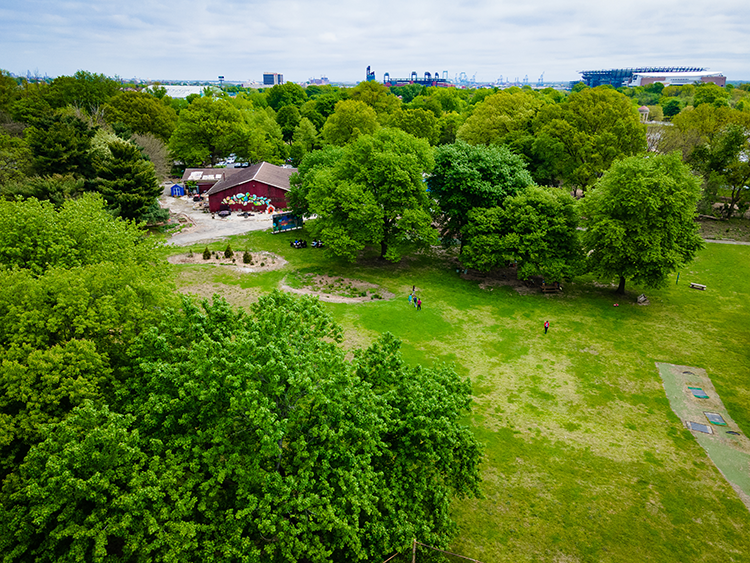
Much criticism of the park has focused on the 12 synthetic turf soccer fields that could be used as practice facilities for the 2026 World Cup if FIFA chooses Philadelphia as a site for games. The high cost of the fields ($96 million total) has drawn the attention of those who suspect the project isn’t actually for everyday park users, and Constance Garcia-Barrio talks to members of South Philly immigrant communities who currently play soccer at FDR to see what they think of the plans.
The high price of synthetic fields can be measured in heat and pollution as well, and Grid takes a look at these costs, which will be borne not by the corporate and foundation donors to the project but by the youth playing on the fields, the neighbors and the surrounding ecosystems.
It’s clear that the physical plans are ambitious, and a peek at the proposed finances of FDR Park reveals that the budgets are, too. The City has committed $50 million to the park’s development, which sounds like a lot, except that it’s less than a fifth of the total project costs of over $255 million.
The master plan also includes proposed operating budgets in which 69% of the funding comes from partnerships and concessions, 22% from rentals and permits (including those 12 fields, to be rented out 20 weekends a year to visiting soccer tournaments), 7% from special events, and only 2% from Parks & Recreation programming.
Grid reached out to the Trust for Public Land (TPL), a national parks advocacy organization, to put this in context. Will Klein, a parks researcher with TPL, said that 10 to 15% of the $10 billion that the 100 biggest cities in the country spend on parks comes from earned revenue.
Earned revenue has proven less stable than other funding sources in recent years, dropping from 13% nationally in 2019 to 8% in 2021. “The pandemic hit parks that rely on earned revenue the hardest,” Klein says.
Funding a public park overwhelmingly with private sources raises access questions as well. How often will neighborhood youth have to watch from the other side of the fence as suburban leagues rent their fields? When a community group wants to use the FDR Park Welcome Center for a neighborhood meeting the same night that a corporate partner wants to book it for a cocktail hour, who wins?
“Staff for the park will be primarily funded by the revenue generated from park concessions and events held at FDR Park,” according to the master plan. This doesn’t include staff provided by “outside operators,” for their own programming in the park, including at the fields. The privately-funded park staff will largely sit outside of the City bureaucracy and, presumably, its unions.
The plan tries to put a positive spin on this. “This represents a shift in how Parks & Recreation operates by dedicating staff to a large park, thereby freeing district staff to serve in other needed areas of the city.”
All of this private funding, staffing, and administration saves the City money, but the governance plan paints a picture of a park largely outside of taxpayer control.
As Philadelphia’s leaders have chosen to spend fewer and fewer tax dollars on operating and maintaining parks, and as the city’s parks have declined, private groups have stepped in to fill the gaps. This includes small, unincorporated friends groups and recreation advisory councils as well as professionally-staffed organizations like the Friends of the Wissahickon. The Fairmount Park Conservancy functions as an intermediary between these parks groups and the City, in addition to handling plenty of uncontroversial projects such as developing trails on the Belmont Plateau, coordinating park cleanups and restoring habitat.
The Conservancy has taken the lead in planning and implementing the renovation, which could have inequitable outcomes even if conceived with the best of intentions. Although this might be the only way a large project can be completed in an era of underfunding from public sources, the risk is that the more the park relies on private funding sources, the more it could stray from meeting the needs of ordinary Philadelphians. “Parks for Profit,” a book by Temple University sociologist Kevin Loughran, examines three park developments in other cities in which private organizations took the lead. In a Q&A piece Loughran discusses how equity and the public interest take a back seat when outside money takes the wheel.
What should happen in FDR Park? You be the judge.

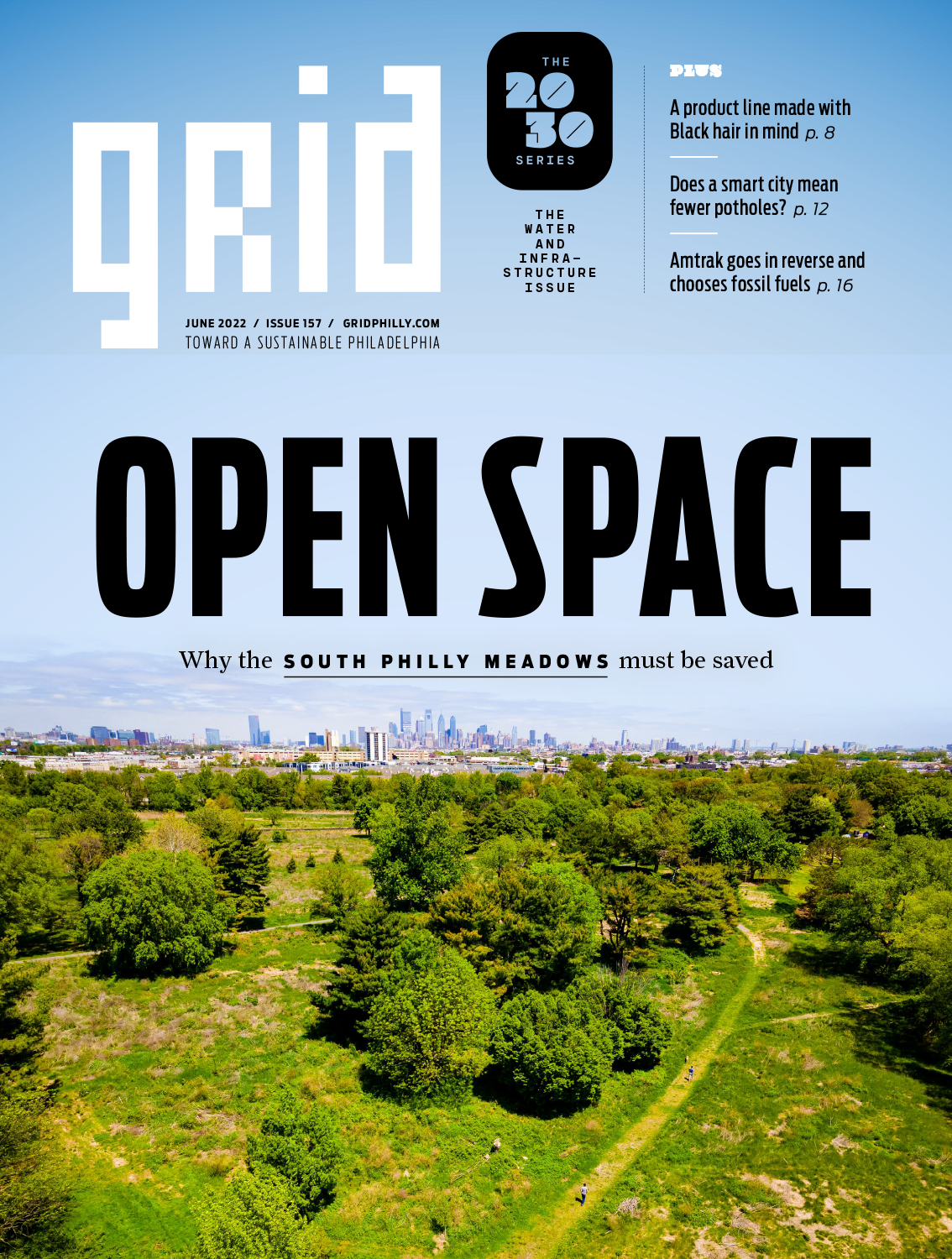

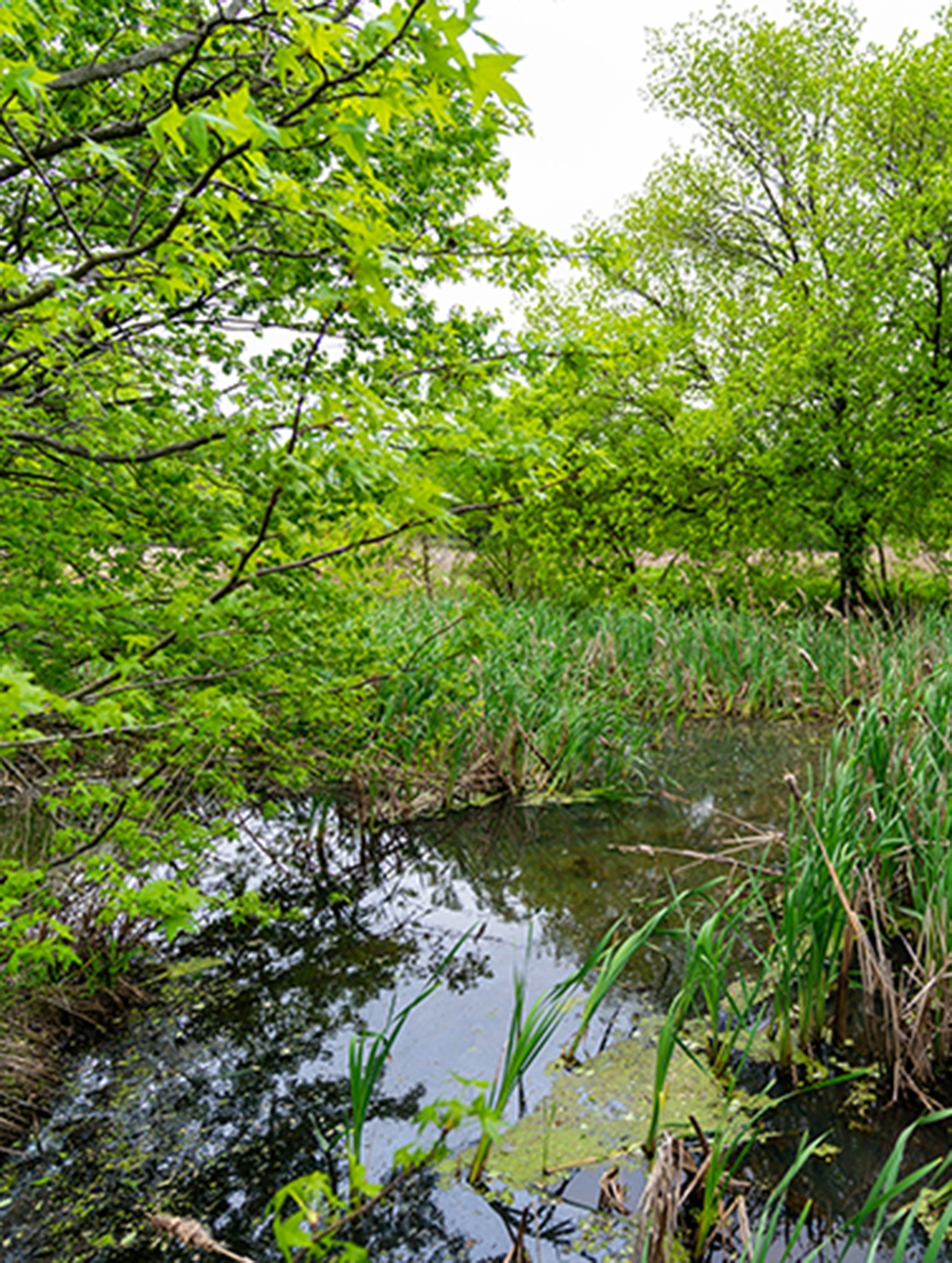

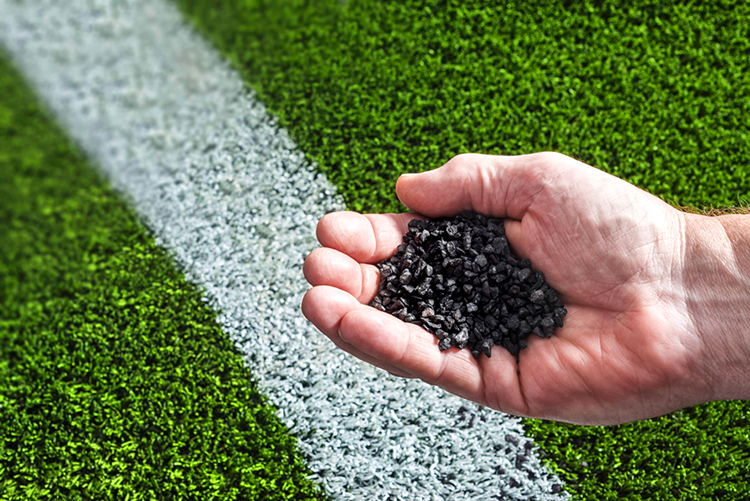
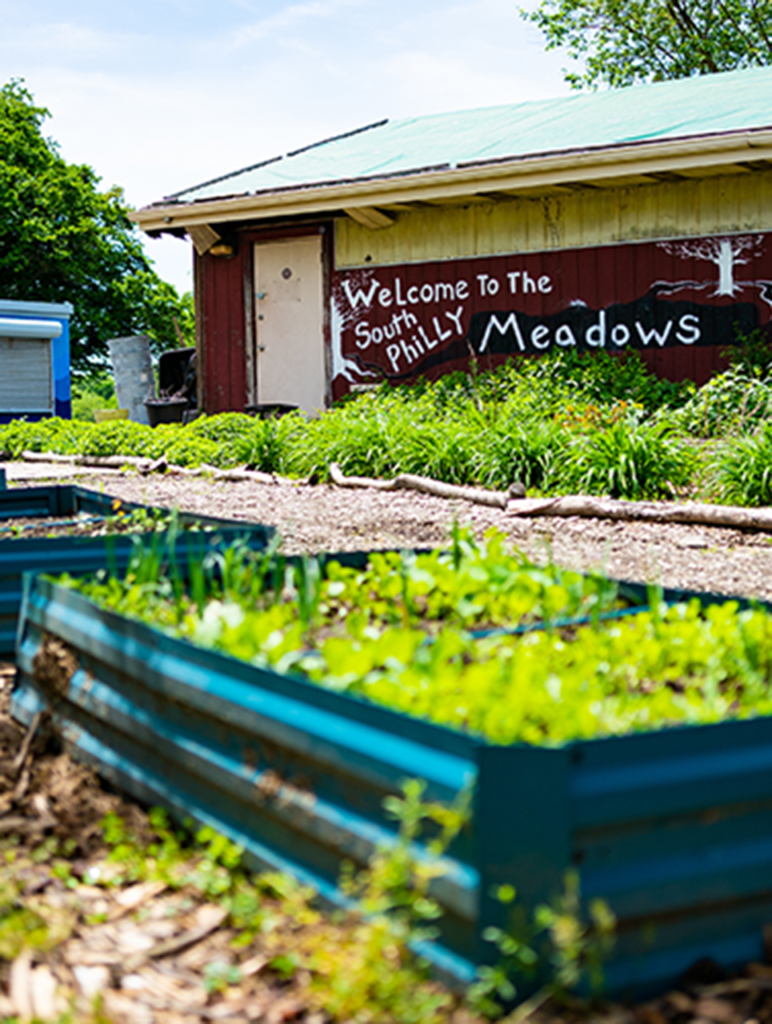


If you want to save the Meadows, please join People’s Plan for FDR! We’re working to stop this horrible plan as the destruction looms. Here’s the website: https://www.pp4fdr.org/ Hit the ‘join the coalition’ button to get involved!
Grid, thank you for this wonderful article.
[…] lopsided nature of the plan has spurred criticism and calls for revision as an issue of GridPhilly explored in […]
As a south Philly resident who utilizes the meadows, my understanding is that a) the current meadows are ecologically negative in that they actively harm the Delaware river watershed with runoff and that b) activity and sports are a huge part of how the city utilizes FDR and should be supported.
I appreciate how much the planning commission has prioritized managing climate change flooding and ecological health for the area in creating this plan.